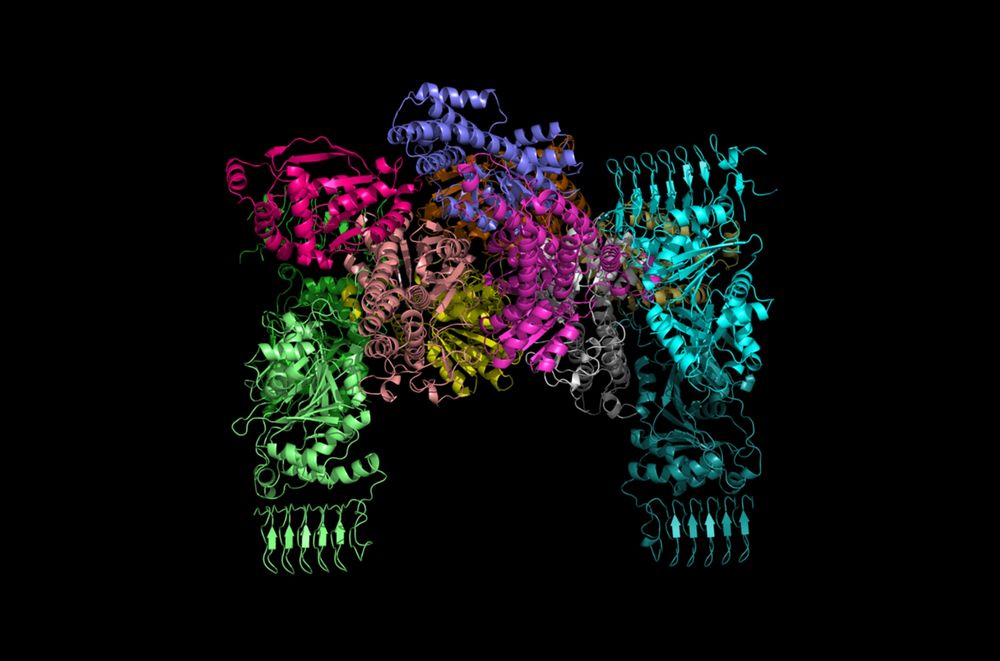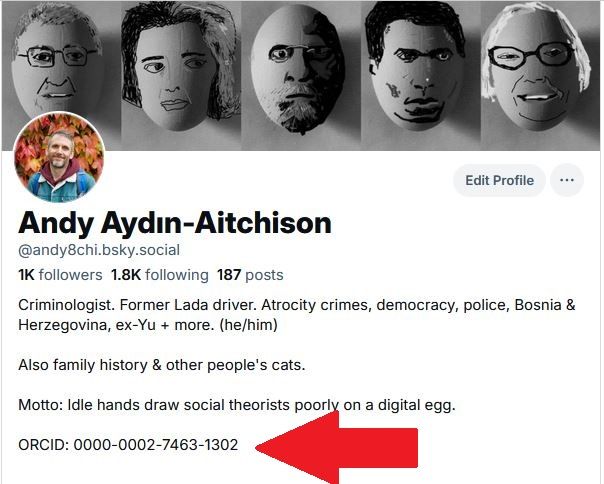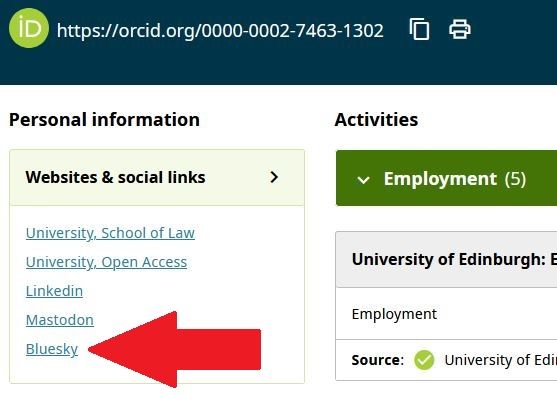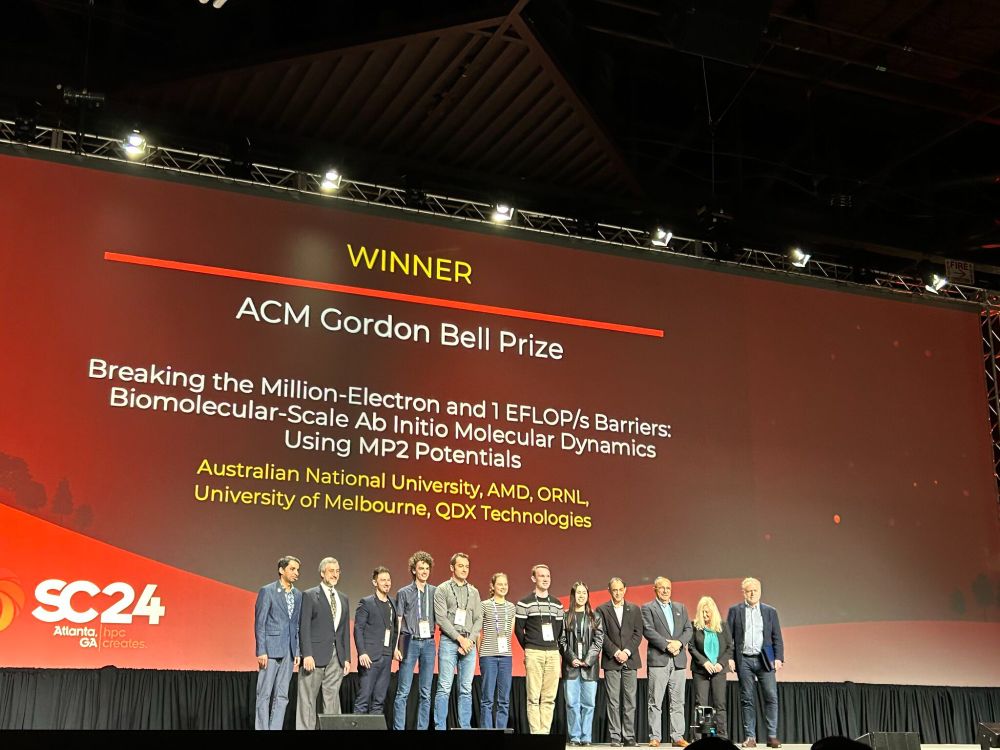Gerald Monard
@gmonard.bsky.social
510 followers
370 following
14 posts
Computational Chemistry & High-Performance Computing.
Former Professor & HPC Center Director.
Now Azure Quantum Engineer.
Views are my own.
Posts
Media
Videos
Starter Packs
Gerald Monard
@gmonard.bsky.social
· Jul 25
Reposted by Gerald Monard
HGPU group
@hgpu.bsky.social
· Jul 20

Dissecting the NVIDIA Blackwell Architecture with Microbenchmarks
The rapid development in scientific research provides a need for more compute power, which is partly being solved by GPUs. This paper presents a microarchitectural analysis of the modern NVIDIA Bla…
hgpu.org
Reposted by Gerald Monard
Reposted by Gerald Monard
Cole Group
@colegroupncl.bsky.social
· Jun 19

Engineering Supercomputing Platforms for Biomolecular Applications
A range of computational biology software (GROMACS, AMBER, NAMD, LAMMPS, OpenMM, Psi4 and RELION) was benchmarked on a representative selection of HPC hardware, including AMD EPYC 7742 CPU nodes, NVID...
arxiv.org
Gerald Monard
@gmonard.bsky.social
· Jun 9
The Register
@theregister.com
· Jun 9

Omni-Path is back on the AI and HPC menu in a new challenge to Nvidia's InfiniBand
After a five-year hiatus, Cornelis' interconnect returns at 400Gbps, with Ethernet support next
Five years after Intel spun off its Omni-Path interconnect tech into Cornelis Networks, its 400Gbps CN5000 line of switches and NICs is finally ready to do battle with its long-time rival, Nvidia's InfiniBand.…
dlvr.it
Reposted by Gerald Monard
Jan H. Jensen
@janhjensen.bsky.social
· Jun 5
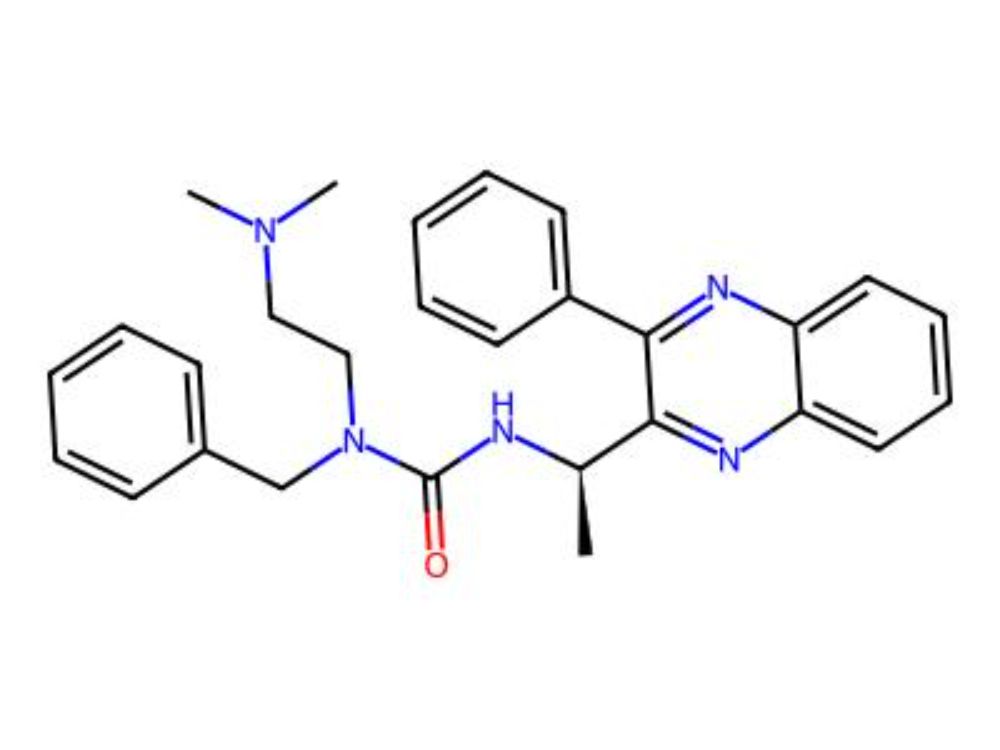
ChatGPT can now use RDKit! | Nicholas Runcie | 15 comments
🔥 Blog Post 🔥 ChatGPT now has access to RDKit. You can ask the models to write and execute cheminformatics code directly in the chat. I have briefly played with these models, and my highlights are:
...
www.linkedin.com
Reposted by Gerald Monard
ajdecon
@ajdecon.org
· May 27
Reposted by Gerald Monard
Reposted by Gerald Monard
HPC Guru
@hpcguru.bsky.social
· May 20

Microsoft just launched an AI that discovered a new chemical in 200 hours instead of years
Microsoft launches Discovery platform that uses agentic AI to compress years of scientific research into days, transforming R&D across pharmaceuticals, materials science, and semiconductor industries.
venturebeat.com
Reposted by Gerald Monard
Reposted by Gerald Monard
Reposted by Gerald Monard
Reposted by Gerald Monard
Liz Neeley
@lizneeley.bsky.social
· Feb 1
Reposted by Gerald Monard
Reposted by Gerald Monard
Reposted by Gerald Monard
Gerald Monard
@gmonard.bsky.social
· Dec 10
Reposted by Gerald Monard
Reposted by Gerald Monard
Reposted by Gerald Monard



